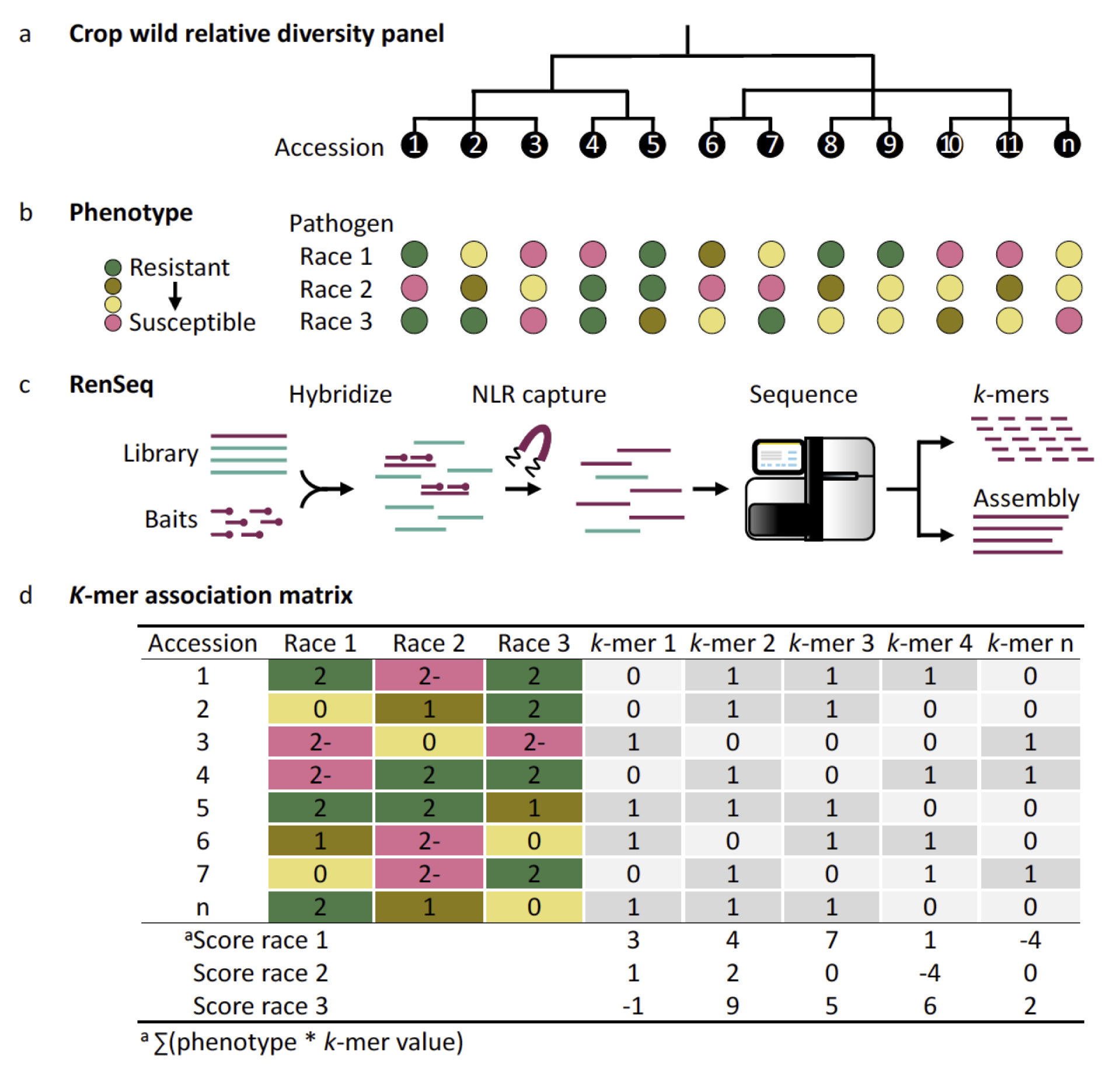Canine cloning has advanced significantly over the past decade, with refined techniques leading to improved success rates and fewer phenotypic variations. Approximately 22 animal species have been cloned through Somatic Cell Nuclear Transfer (SCNT), with dogs representing a significant portion of those cloned. Despite the challenges posed by the complexity of canine reproductive physiology and breed diversity, cloning efficiency has improved, surpassing that of other commonly cloned species. Around 20% of recognized dog breeds have been successfully cloned, and the process has been optimized through better selection of donors and surrogates, refined hormonal assays, and streamlined procedures.
While the overall interest in cloning has declined since the early 2000s, largely due to the normalization of the process and a lack of new species being cloned, the increasing number of cloned dogs has led to greater public acceptance of the technology. Canine cloning not only holds potential for animal reproduction, such as rescuing endangered or extinct species but also offers valuable insights for human medicine. Cloned dogs are being used in medical research to study diseases shared by humans and dogs, including genetic disorders, diabetes, and Alzheimer’s disease.
Despite these advancements, ethical and practical concerns about the use of cloning in animals remain, and these issues must be carefully considered. Cloning, however, is expected to continue to play a crucial role in the conservation of species, the advancement of biomedical research, and the potential for reproductive rescue, suggesting a lasting impact on both animal and human health.






